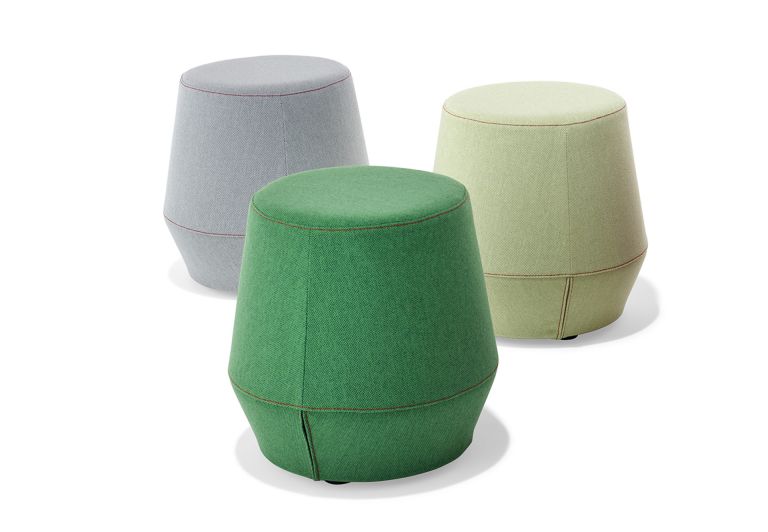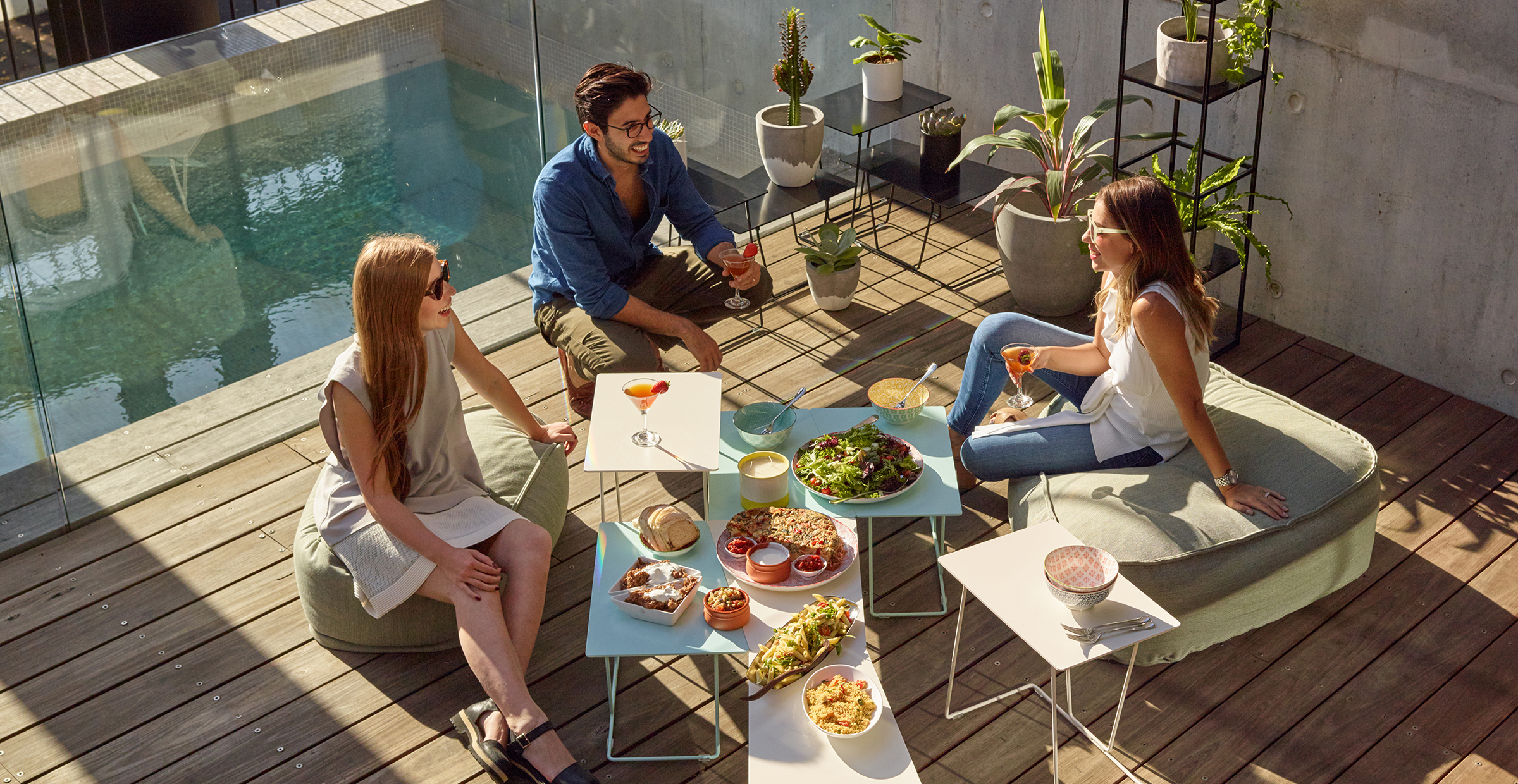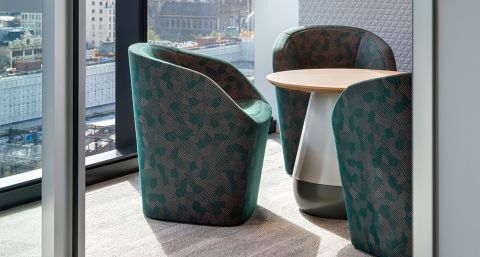Kush Ottoman
A playful collection of tailored, oversized ottomans with moveable backrest bolsters, Kush is inspired by pebbles, which evokes easy living with a sense of sanctuary. Tactile and textual, Kush’s laid-back flexibility offers respite in living areas and informal work settings.
Send enquiry







Overview
- Soft and supportive collection of ottomans.
- Available in three shapes: square, organic and back bolster.
- 600-1500W x 600-900D x 420H, view all Specifications.
- Combine square with back bolster for relaxed sofa feel.
- Product of Australia.
- 5 year warranty.
6-8 weeks
ColourLab finishes
Focus
-

-

-

-

-

-

-

-

-

-

-

-

-

-

-

-

-

-

-

-

-

-

-

-

-

-

-

-

Edge
-

-

-

-

-

-

-

-

-

-

-

-

Silk (Healthcare)
-

-

-

-

-

-

-

-

-

-

-

-

Rave (Healthcare)
-

-

-

-

-

-

-

-

-

-

-

-

Meld
-

-

-

-

-

-

-

-

-

-

-

-

Merit
-

-

-

-

-

-

-

-

-

-

-

-

Mode
-

-

-

-

-

-

-

-

-

-

-

-

Trieste (Healthcare)
-

-

-

-

-

-

-

-

-

-

-

-

Atlas
-

-

-

-

-

-

-

-

-

-

-

-

Revive 1
-

-

-

-

-

-

Recheck
-

-

-

-

-

-

-

Remix 3
-

-

-

-

-

-

-

-

-

-

-

-

-

Rime
-

-

-

-

-

-

Steelcut Trio 3
-

-

-

-

-

-

-

-

-

-

-

-

-

-

-

-

-

-

-

-

-

Tonica 2
-

-

-

-

-

-

-

-

-

-

-

-

Matador
-

-

-

-

-

-

-

-

-

-

-

-

Medici
-

-

-

-

-

-

-

-

-

-

-

-

Heirloom
-

-

-

-

-

-

-

-

-

-

-

Recognising the growing trend towards the overlay between home and office settings in 2013, and the increase in workplace lounge and break-out spaces, Schiavello and Ivan Woods developed Kush – a comfortable, tailored, oversized ottoman.
Inspired by the thought of a pebble formation, Kush is organic in shape, materiality and feel. Tactile and textural, the ottomans provide relaxed and comfortable seating suited to living spaces and informal retreat and collaboration zones.
The late Ivan Woods designed interiors and products for over 30 years. His work drew inspiration from his travels and interior architecture training in Perth, Australia. Working across projects within the UK, US, Germany and Italy, Ivan specialised in hotel and workspace design.
Schiavello and Ivan Woods maintained a solid history together. Our collaborative design process, which evolved over a decade, yielded distinctive collections such as Toro Collection in 2011, Palomino Chair in 2014, and both Kayt Village and Bomba Sofa in 2015.
With a strong architectural sensibility and carefully considered geometry, Ivan enriched his designs' emotional qualities in the fine detailing and sense of place. Ivan explained, "Good design is the creation of spaces, experiences and objects, embedded with strong and dynamic emotional connections to the people that use them. This is done through reflecting a sense of place, with a cultural authenticity and aesthetic.”
Related Products

Karo Ottoman

Hedge Seating







